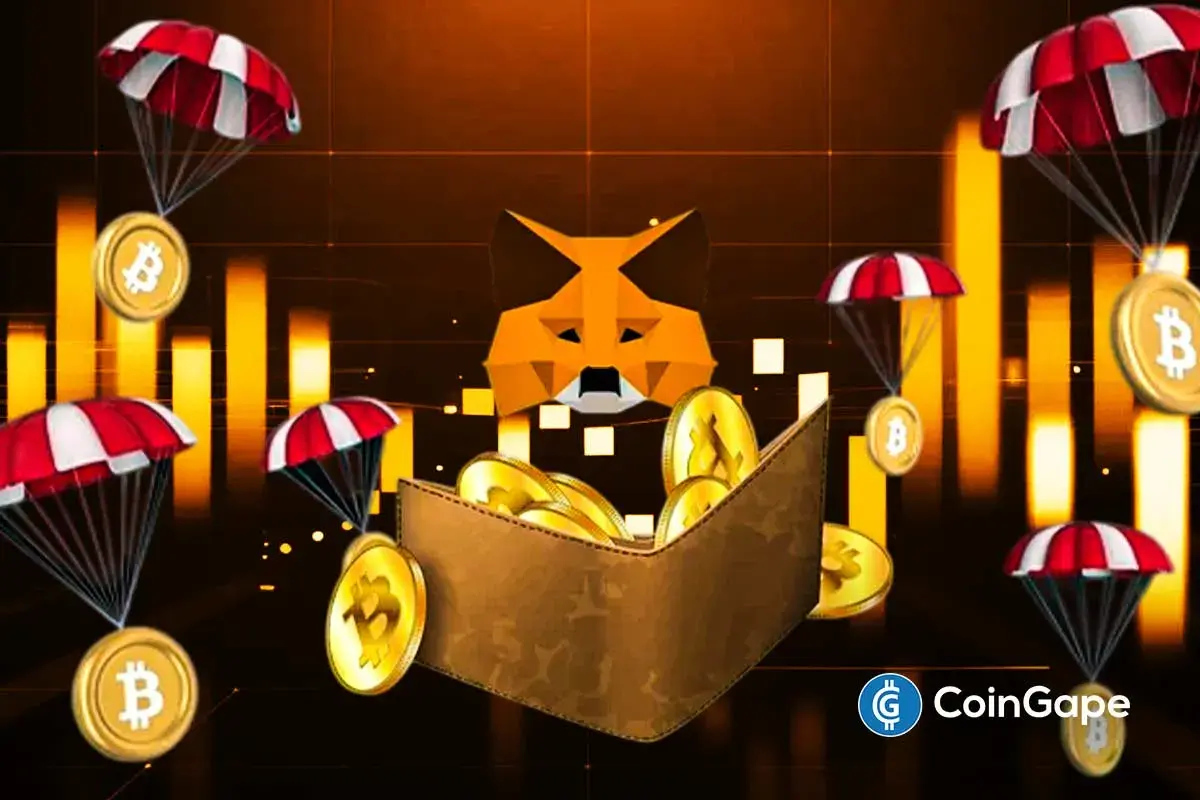Solana Co-Founder Unveils Airdrop Rule Of Thumb As Sanctum Upsets Community

Highlights
- Solana co-founder Anatoly Yakovenko shares his "number one rule" for airdrop distribution, emphasizing the need to avoid complaints and reward genuine power users.
- Sanctum, built on Solana, faces backlash over its recent token distribution strategy, which favored active contributors over capital investors, sparking community dissatisfaction.
- Sanctum's new airdrop strategy offers recipients a choice between immediate token claims or waiting for a potential bonus, aiming for a stable and sustainable token launch.
At the center of this storm is Sanctum, a blockchain protocol built on Solana, which has found itself embroiled in a heated dispute with its community over its recent token allocation strategy. As tensions rise, Solana co-founder Anatoly Yakovenko has stepped into the fray, offering his perspective on effective airdrop design.
Solana Co-Founder’s Perspective on Sanctum Airdrop Design
Anatoly Yakovenko, co-founder of Solana, has weighed in on the ongoing debate surrounding cryptocurrency airdrops, offering his perspective as the Sanctum protocol faces community backlash over its recent token allocation. Yakovenko, shared what he calls the “number one rule” for airdrop distribution design: “no whiners or complainers.” He suggested that this rule should be explicitly stated, allowing developers to reference it when inevitable complaints arise.
However, Yakovenko also emphasized the importance of rewarding power users who genuinely value the product. He advised that for an airdrop to be effective, the benefit to users should exceed the reward itself. Ideally, he noted, recipients should be paying customers, with the reward amount being less than the fees they pay for the service.
This advice comes as Sanctum, a blockchain protocol built on Solana, grapples with community dissatisfaction following its recent token allocation. The protocol’s decision to favor active contributors over capital investors has sparked controversy, with many users feeling unfairly treated.
In response to the uproar, Sanctum issued a lengthy statement on X acknowledging the community’s frustration. The company explained that their “earnestness allocation” aimed to create a core group of believers crucial for the protocol’s development. They also announced plans to address oversights by allowing additional submissions for consideration and committed to rewarding long-term “capital earnestness” in future airdrops.
The incident has sparked a broader discussion within the cryptocurrency community about the fairness and effectiveness of airdrop strategies. Some users have expressed skepticism about the long-term commitment of airdrop recipients, while others argue for greater recognition of financial investments in protocols.
As the debate continues, Yakovenko’s insights offer a potential framework for future airdrop designs, emphasizing the delicate balance between rewarding active users and avoiding community discord. The Sanctum controversy serves as a case study in the challenges of token distribution in the evolving landscape of decentralized finance.
Also Read: 21Shares Co-Founder Bullish On Crypto ETFs, Solana ETF Approval Imminent?
Sanctum’s Innovative Approach to Token Distribution
In an effort to address the challenges of token distribution, Sanctum has introduced an innovative approach for their upcoming July 18 airdrop. Eligible recipients are presented with a choice: they can either claim their tokens immediately, with the option to sell, or wait and potentially receive up to double their initial allocation.
Sanctum co-founder FP Lee explained that waiting could result in up to a 100% bonus, with the maximum bonus requiring a six-month wait before claiming tokens. This strategy aims to create a more stable and sustainable token launch by incentivizing recipients to hold onto their tokens while simultaneously selling tokens to public investors.
However, this approach raises questions about whether airdrop recipients will be willing to defer their payouts, especially given the volatility of the crypto market. The six-month waiting period for maximum bonus represents a significant time frame in the fast-paced cryptocurrency world, and it remains to be seen how recipients will respond to this incentive structure.
Also Read: Hong Kong Monetary Authority Unveils New Regulations For Fiat-Pegged Stablecoins
- BlackRock Bitcoin ETF Ranks Among Top ETFs In 2025 Despite Crypto Downturn
- Stablecoin Adoption Deepens as Klarna Turns to Coinbase for Institutional Liquidity
- Ripple, Circle Could Gain Fed Access as Board Seeks Feedback on ‘Skinny Master Account’
- Fed’s Williams Says No Urgency to Cut Rates Further as Crypto Traders Bet Against January Cut
- Trump to Interview BlackRock’s Rick Rieder as Fed Chair Shortlist Narrows to Four
- Will Solana Price Hit $150 as Mangocueticals Partners With Cube Group on $100M SOL Treasury?
- SUI Price Forecast After Bitwise Filed for SUI ETF With U.S. SEC – Is $3 Next?
- Bitcoin Price Alarming Pattern Points to a Dip to $80k as $2.7b Options Expires Today
- Dogecoin Price Prediction Points to $0.20 Rebound as Coinbase Launches Regulated DOGE Futures
- Pi Coin Price Prediction as Expert Warns Bitcoin May Hit $70k After BoJ Rate Hike
- Cardano Price Outlook: Will the NIGHT Token Demand Surge Trigger a Rebound?
















